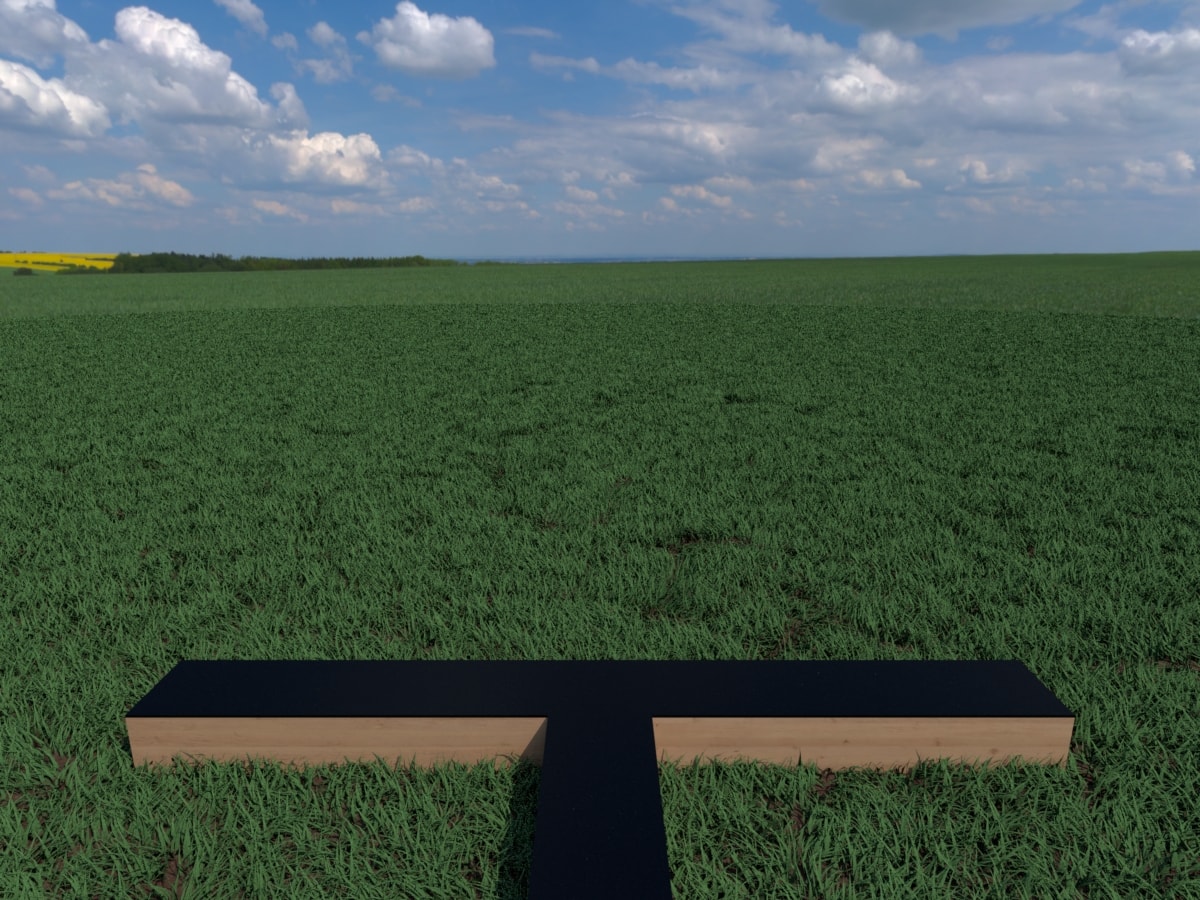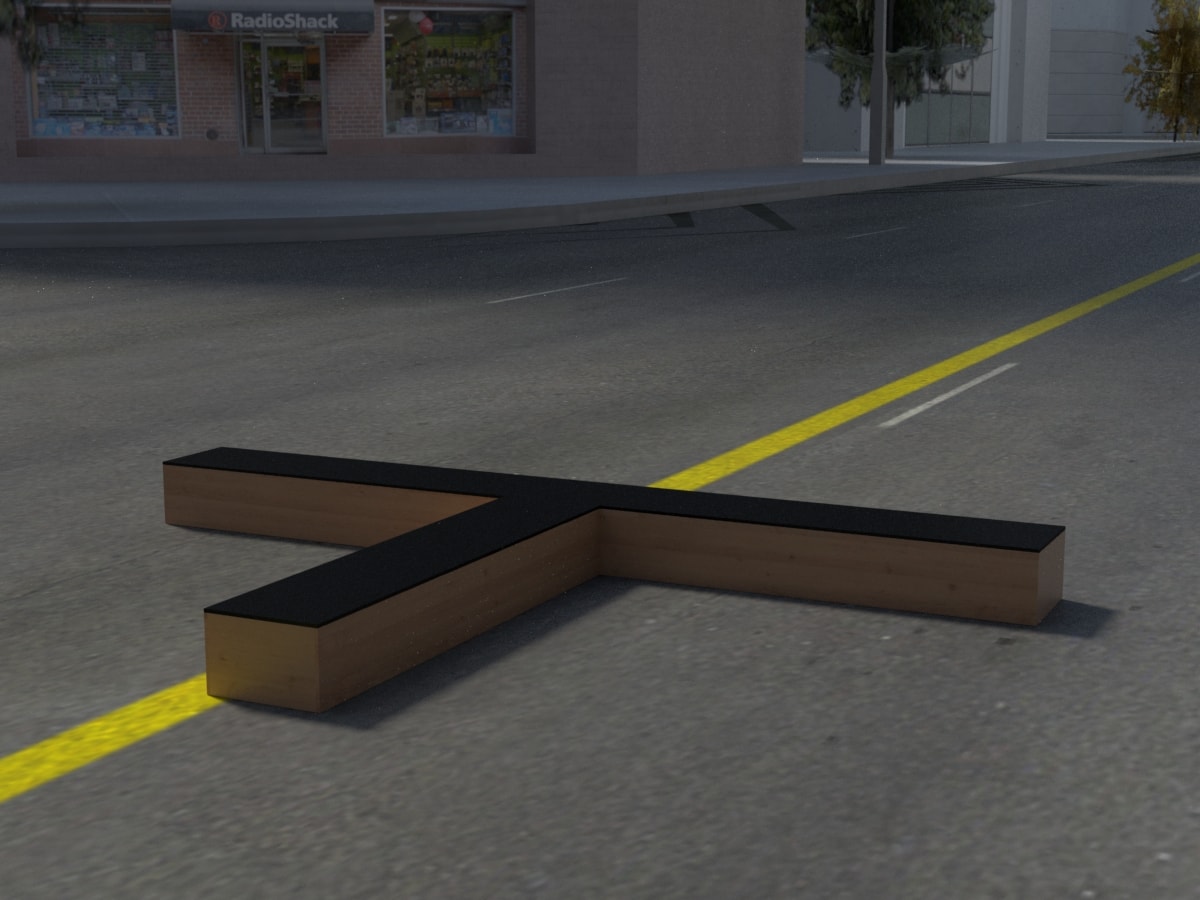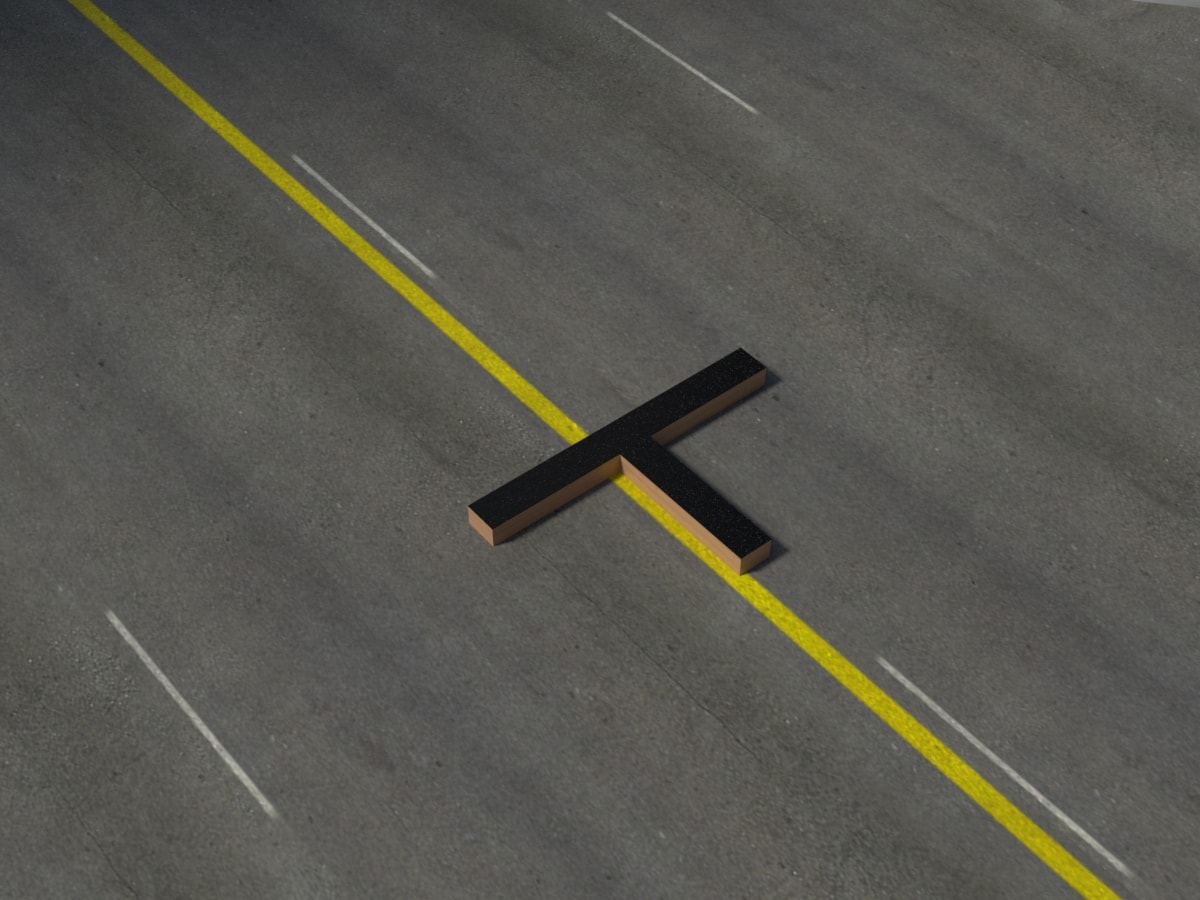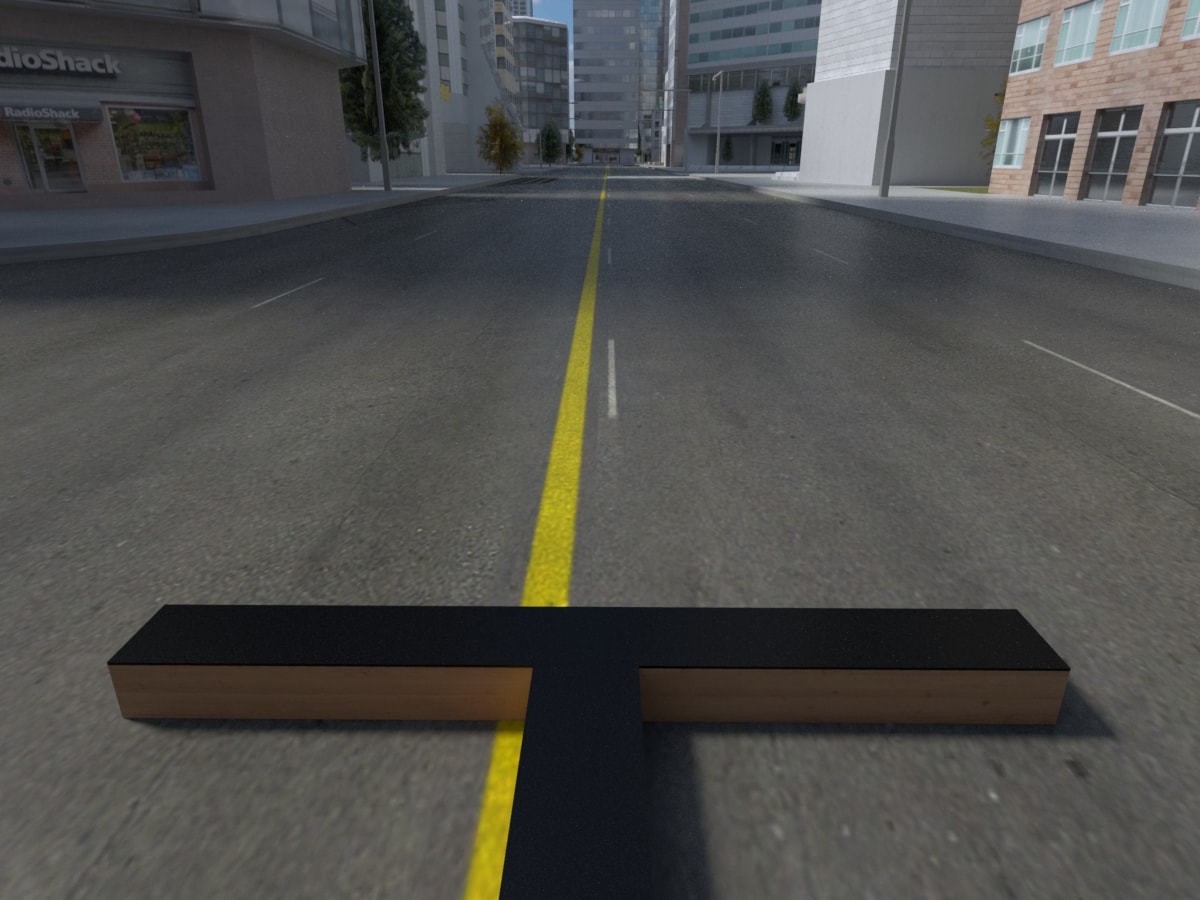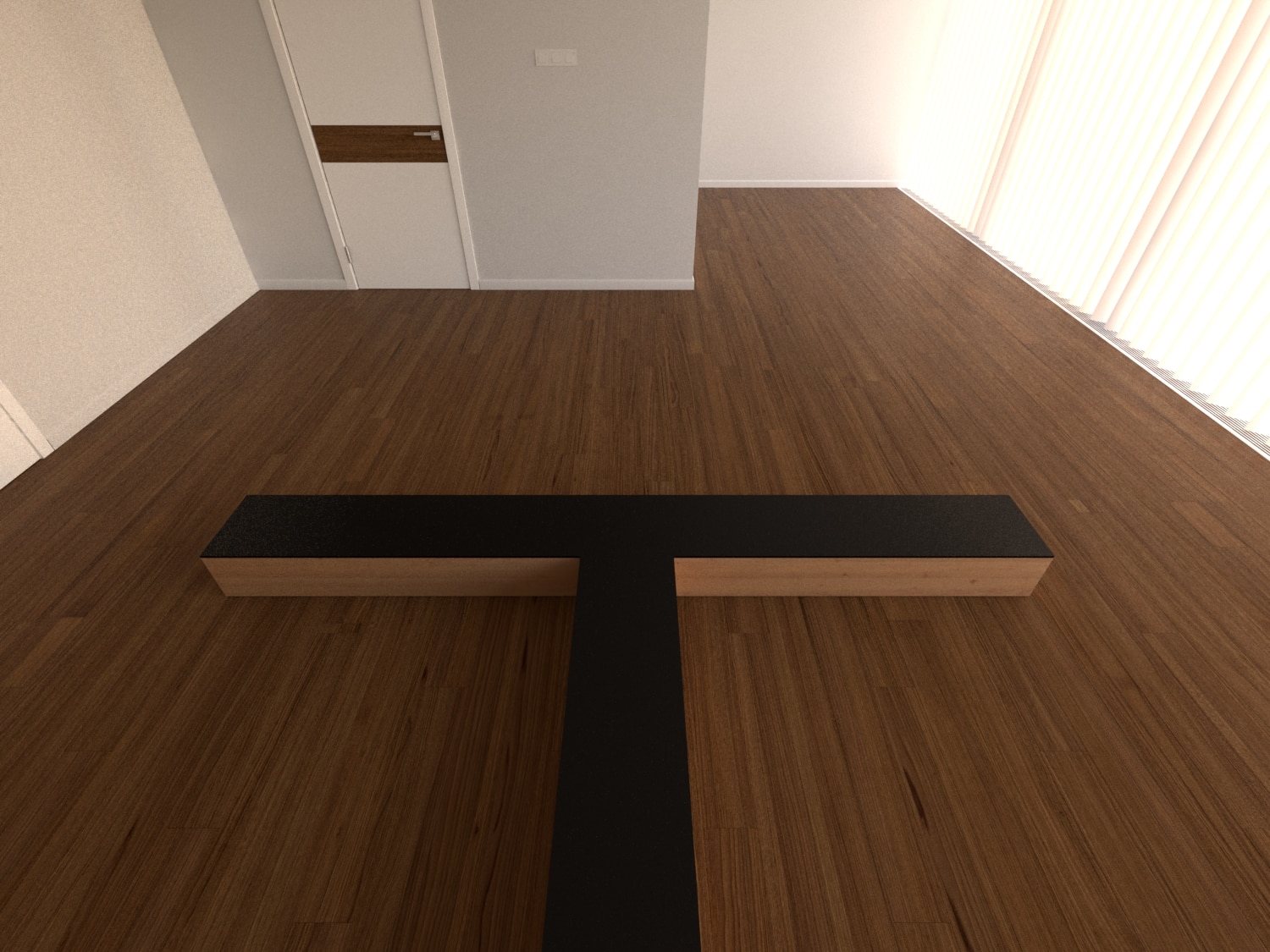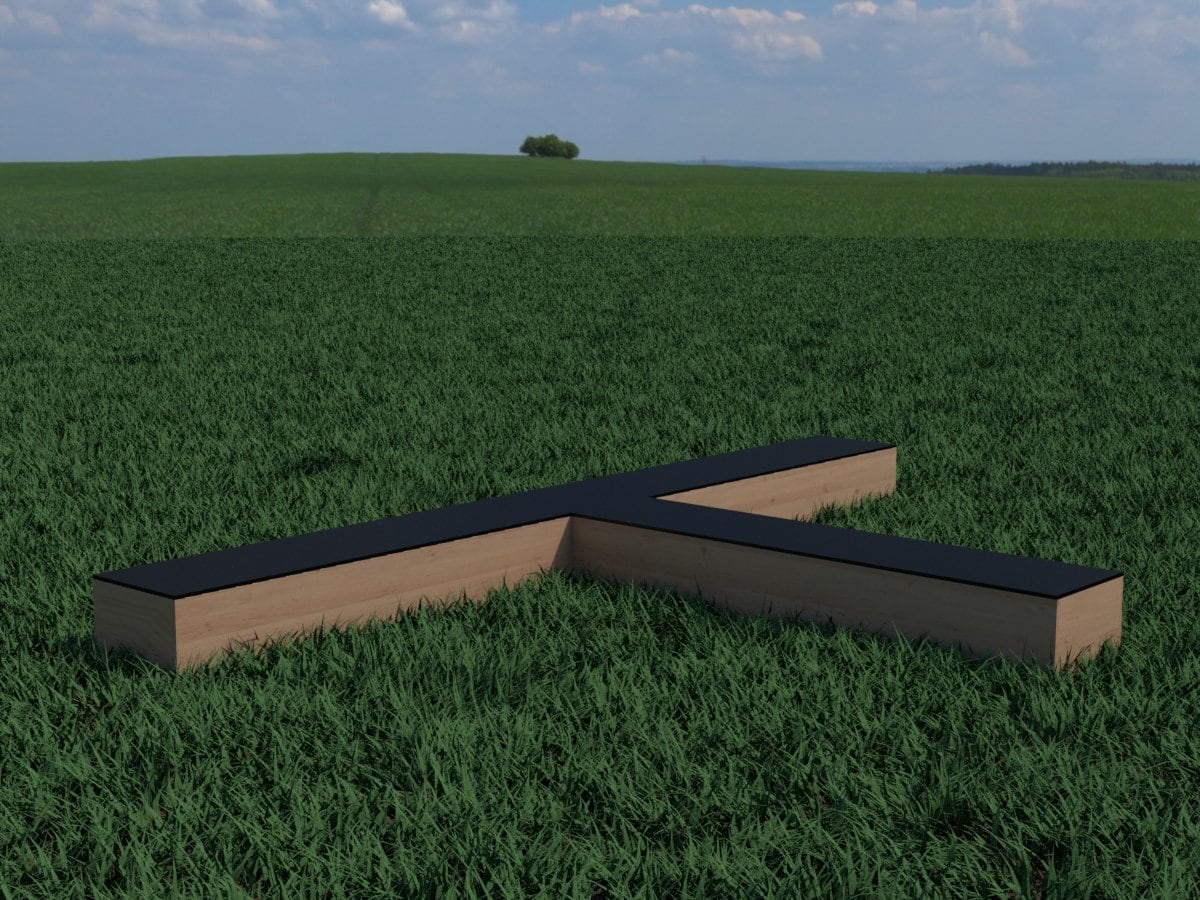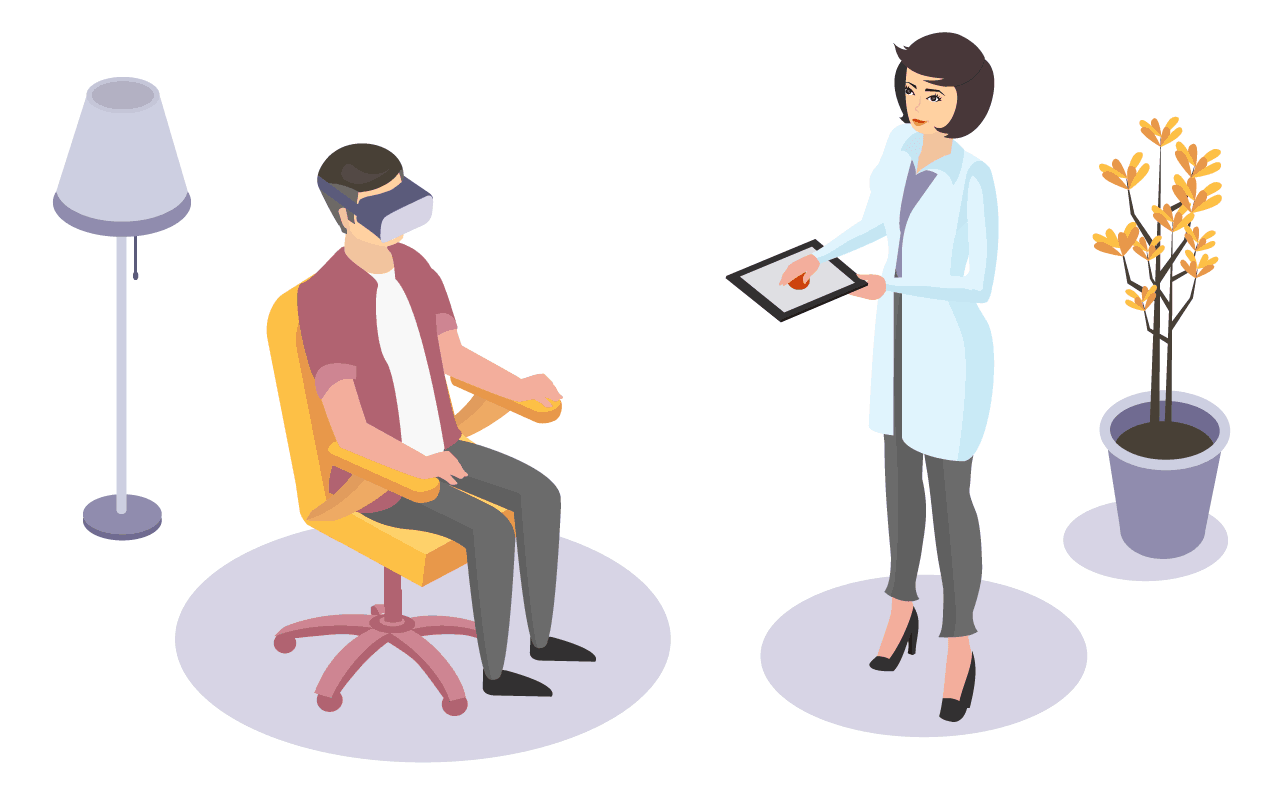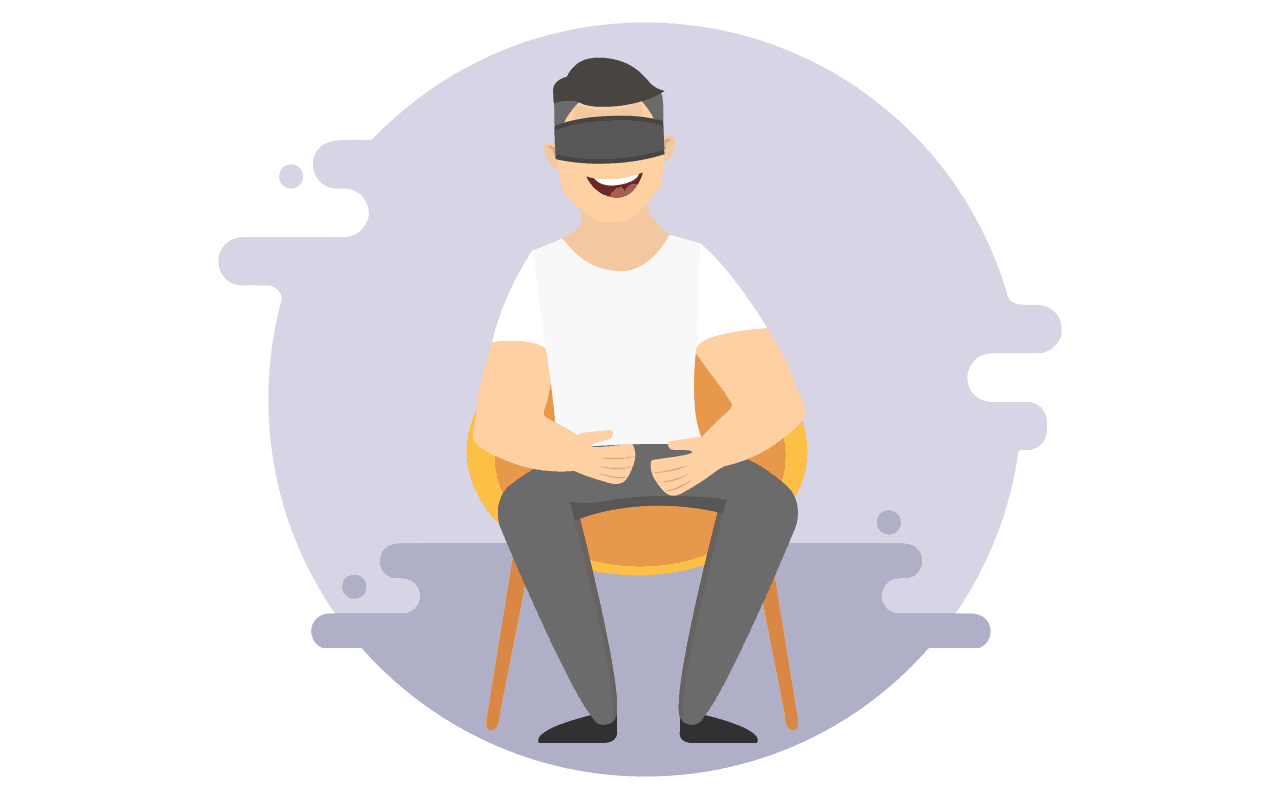In collaboration with Simian Labs, MazeEngineers is proud to offer a virtual reality T maze for researchers.
The Virtual Plus Mazes can use a combination of real-world elements and virtual elements. The virtual reality environment can be created as per the need of the experiment. In the Simian version, multiple environments can be configured. See price and specifications for equipment list.


